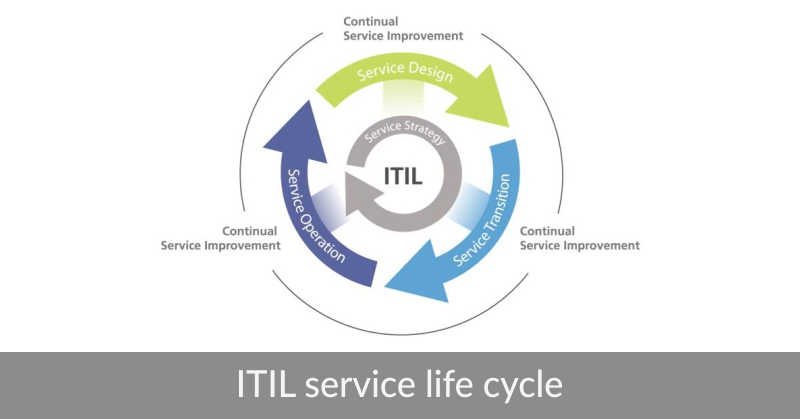
In the service life cycle, there is no more delicate a stage as service transition. Service Strategy is a thought process, Service Design is done on paper, Service Operations is mostly about keeping
the lights on, while Continual Service Improvement works with all the stages to get them better. Service Transition ensures that any modifications or transitions to the live operational environment – affecting either new, modified, retiring or retired services – meet the agreed expectations of the business, customers and users. What creates confusion and chaos in organizations more than transition not managed well or not managed at all? Research shows that many change efforts fail, fall short of their goals or result in organizational dissatisfaction and inefficiency. If this is the case, then every effort needs to be taken to ensure that transition is handled in the best possible manner to meet the needs of all stakeholders. And this needs the Service Desk to play a key role. Let’s see what value this team can bring to the table during transitions.
One way the Service Desk plays a role in Service Transition is through Standard Changes. These are low risk and low priority routine changes that are pre-authorized by the existing Change Authority, and that follow an accepted and established procedure to accomplish what is required. The Service Desk is able to support Change Management by executing and follow up of such standard changes as installation of pre-budgeted software, provision of standard equipment and services to a new employee, or a desktop move for a single user. The Service Desk can also support change management in terms of communication of change planning and scheduling. Communication is central to any service transition change process, and the greater the change, the greater the need for clear communication about the reasons and rationale behind it, the benefits expected, the plans for its implementation and its proposed effects. As the single point of contact to customers of IT Services, the Service Desk can help communicate change schedules, projected service outages, as well as planned and preventive maintenance schedules among others.
Service Asset and Configuration Management is a key process in Service Transition that ensures that the assets required to deliver services are properly controlled, and that accurate and reliable information about those assets is available when and where it is needed.This is the central supporting process facilitating the exchange of information with other processes, and as such it has few customer-facing measures. However, no transition of IT services can be successful unless there is control of the underlying assets and configurations, which has a direct impact on the customer when mishandled. The Service Desk can support Service Asset and Configuration Management by checking for any unauthorized assets or configurations e.g. illegal computer hardware or software during their interaction with customers and users. If these are detected, they should be reported to the team managing the assets and configurations for action. In addition, the Service Desk can help update the Configuration Management Systems in use, by associating service requests, incidents, problems, workarounds and knowledge articles to relevant and related assets and configurations. An example would be relating all customer related incidents on email to the IT email service following a change gone wrong, which allows the system administrators to understand impact on service during a future transition.
During an IT service transition, knowledge management plays an important role as everyone from the users, service desk and support teams need to understand how the new or modified service works and how to manage it. The purpose of the knowledge management process is to share perspectives, ideas, experience and information; to ensure that these are available in the right place at the right time to enable informed decisions; and to improve efficiency by reducing the need to rediscover knowledge.Effective knowledge management is a powerful asset for people in all roles across all stages of the service life-cycle. So any well to do IT organization must ensure that they have a knowledge management strategy in place governing the identification, capture, maintenance and disposal of knowledge. The service desk plays a critical role, both as a disseminator of knowledge to users as well as a consumer of knowledge for purposes of troubleshooting incidents and fulfilling requests. So during the development and operalization of a knowledge strategy, Service Desk must contribute to ensure that it meets the requirements of users from their perspective.
Other ways in which the Service Desk can contribute to effective IT Service Transition include participation in testing of the new or changed services, helping identify key stakeholders during a transition from a user perspective, keeping customers informed of the status of an ongoing deployment, as well as conducting customer satisfaction surveys following any major service transition initiative by the IT organization. There is no doubt that the Service Desk can be a useful ally for IT as it partners with the business in bringing much needed change that will result in value for the organization and its customers. As such, every effort must be made to ensure that the Service Desk is fully involved from the planning to the execution of any major transition, be it a new service, a modification of an existing service or a retirement of a service that has reached its end.
Vision Helpdesk: Simplify Your Life
signup for 30 days free trial.. no credit card. no obligation

Join the conversation